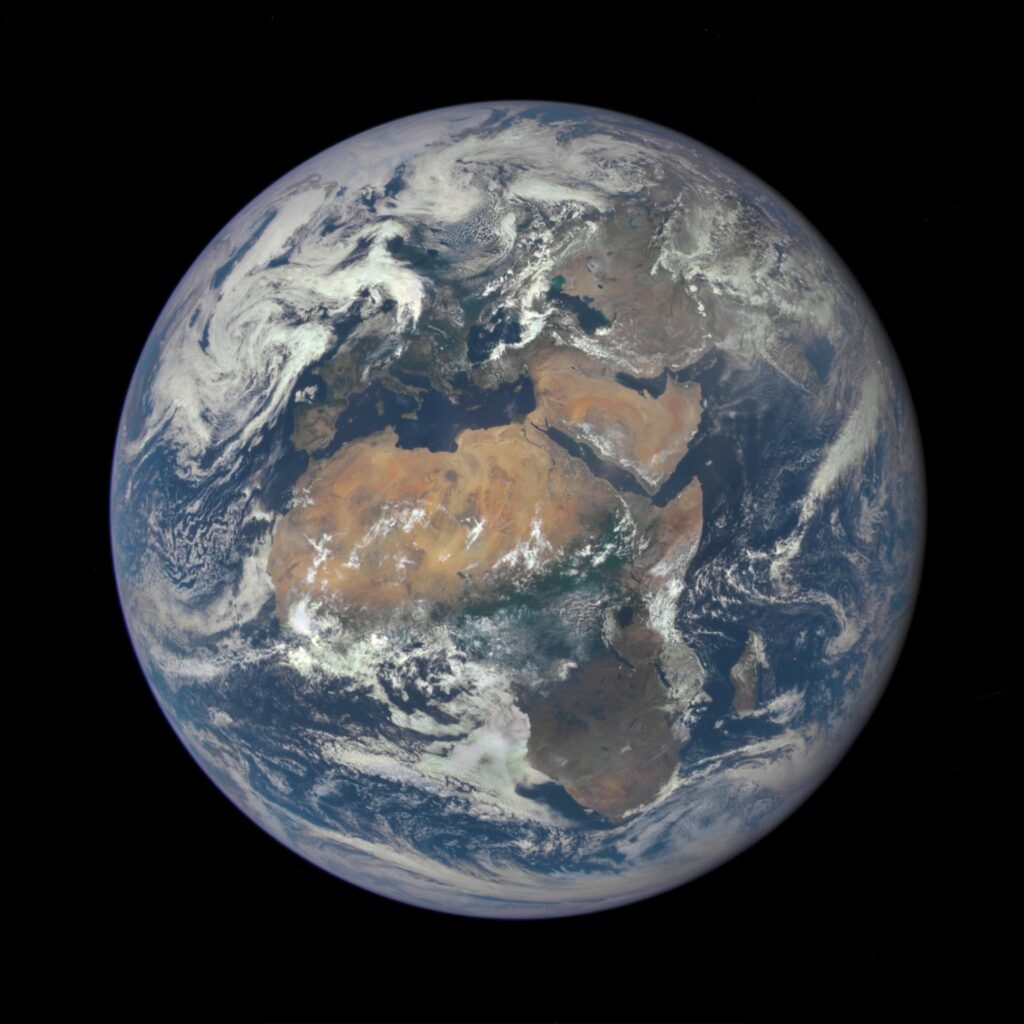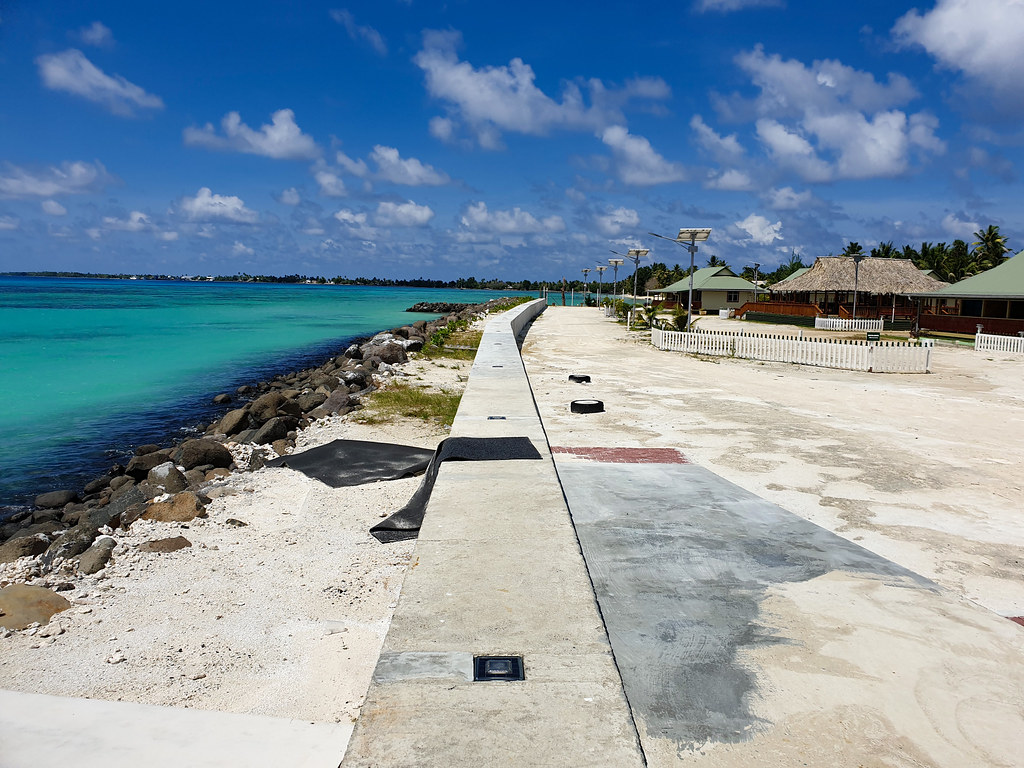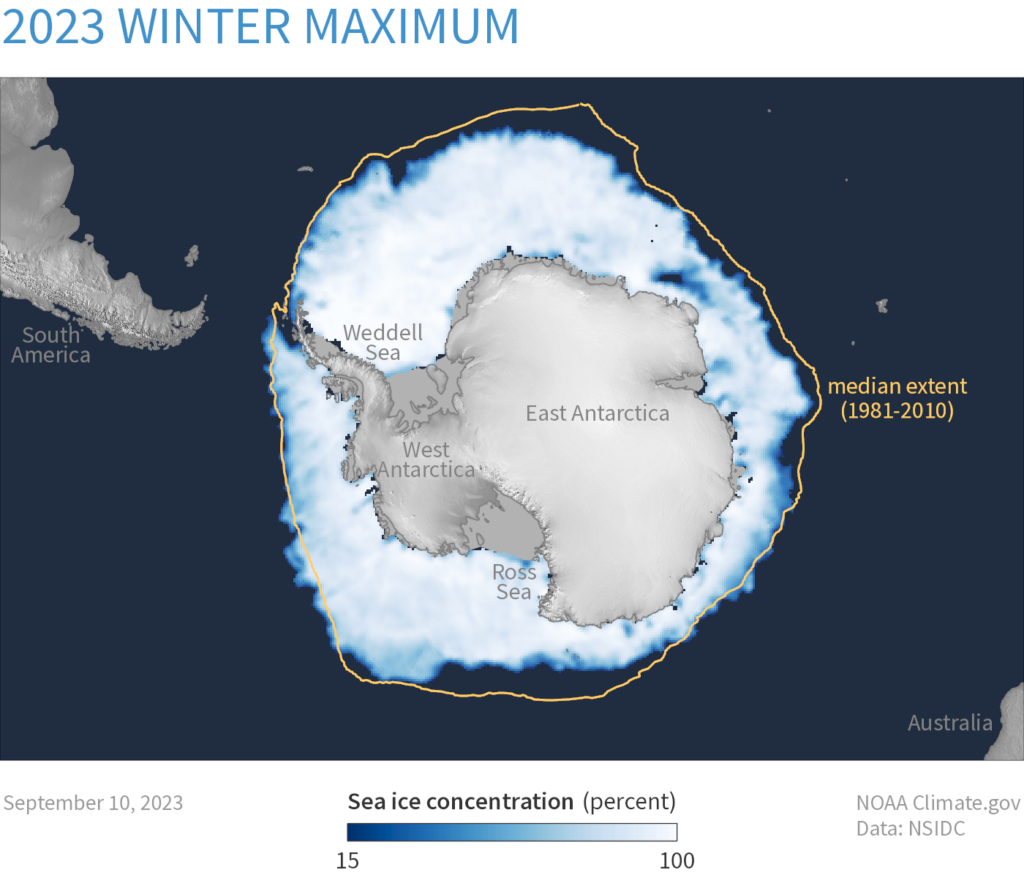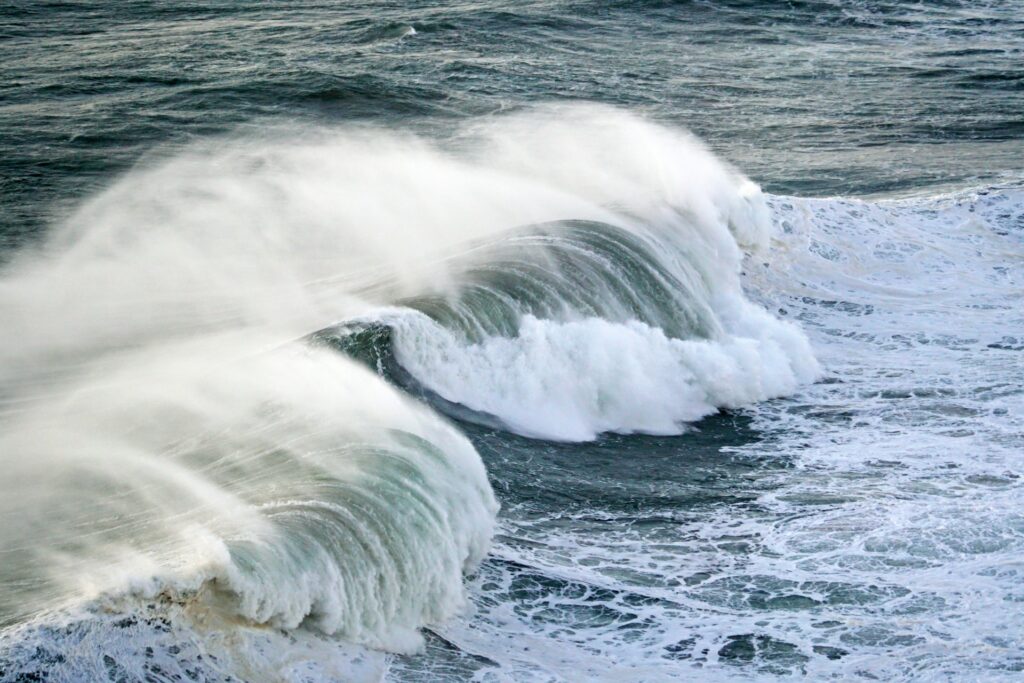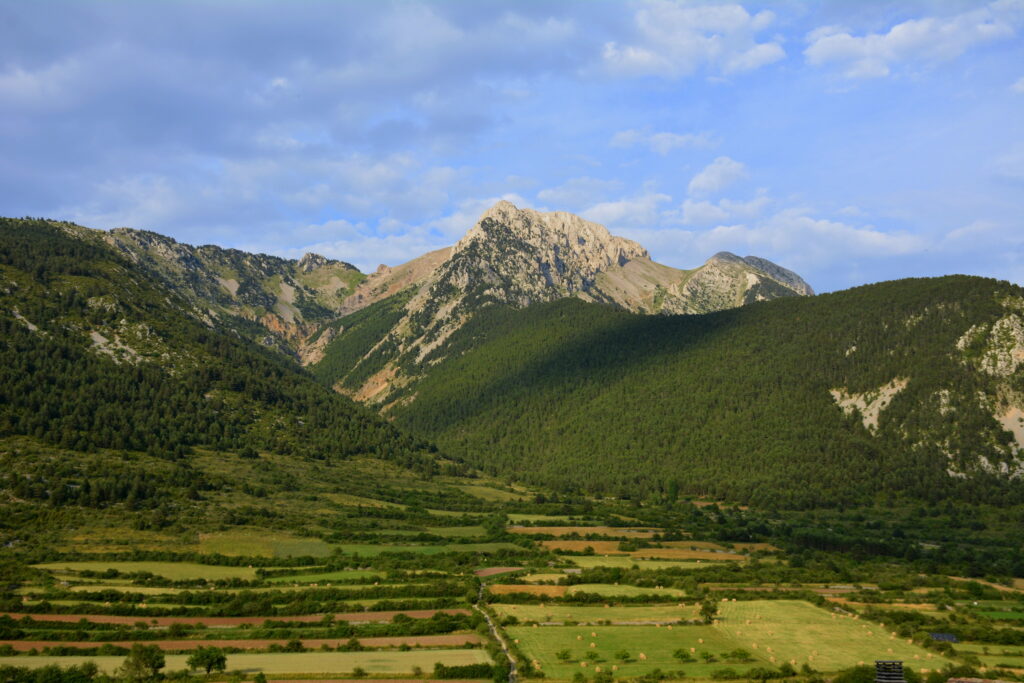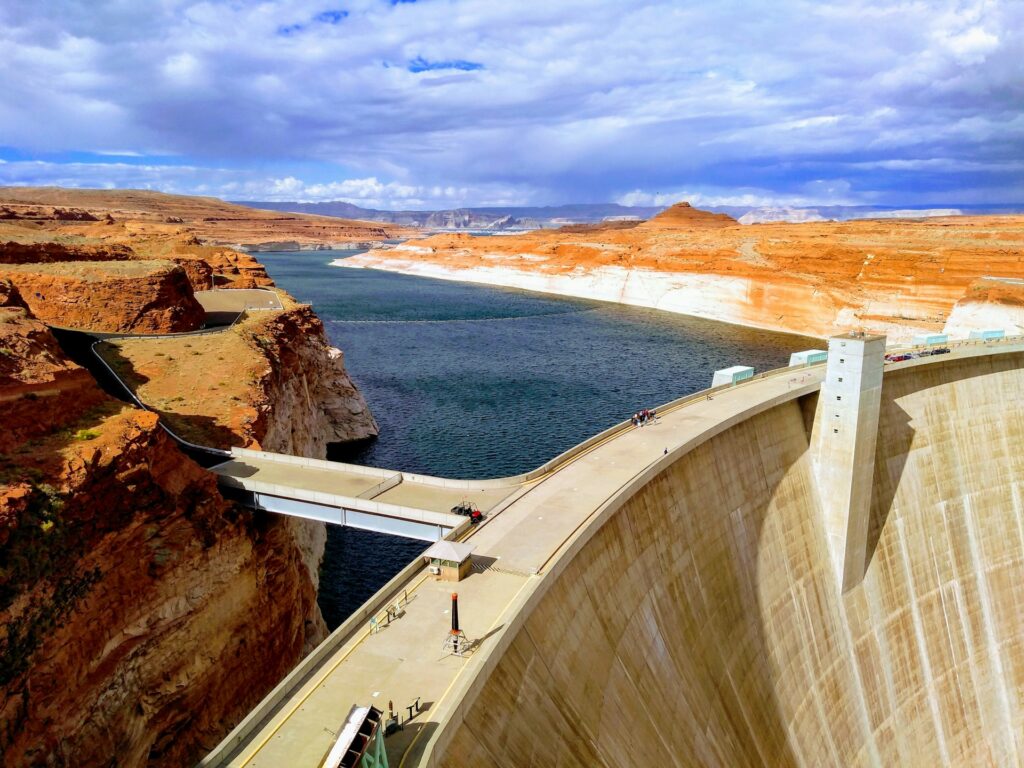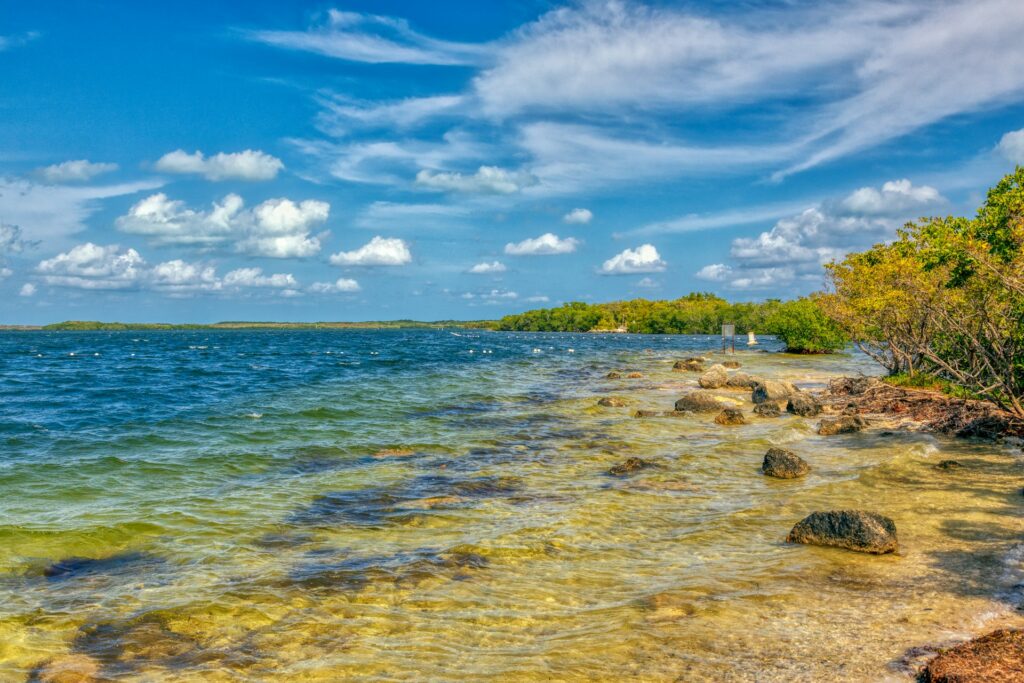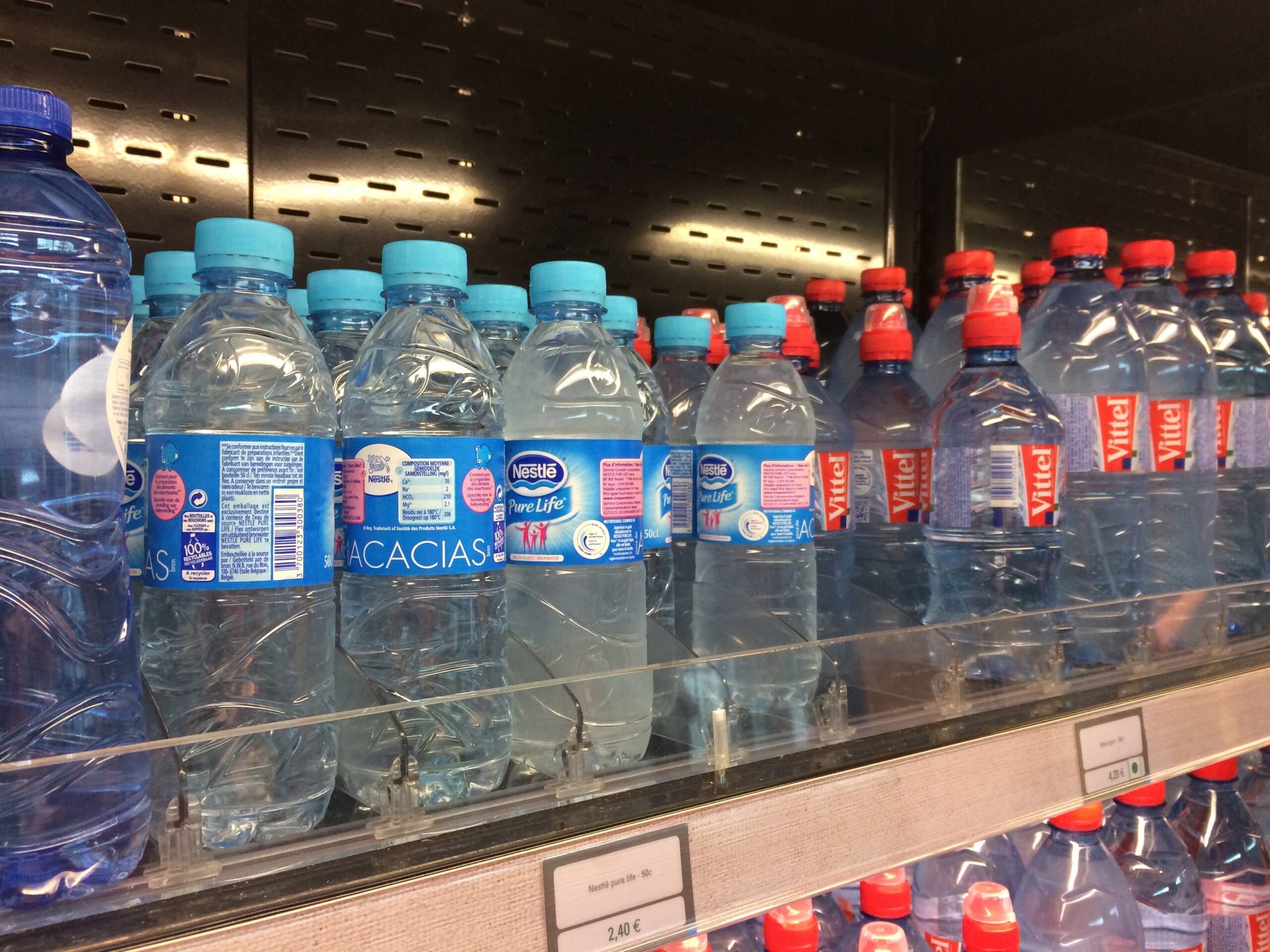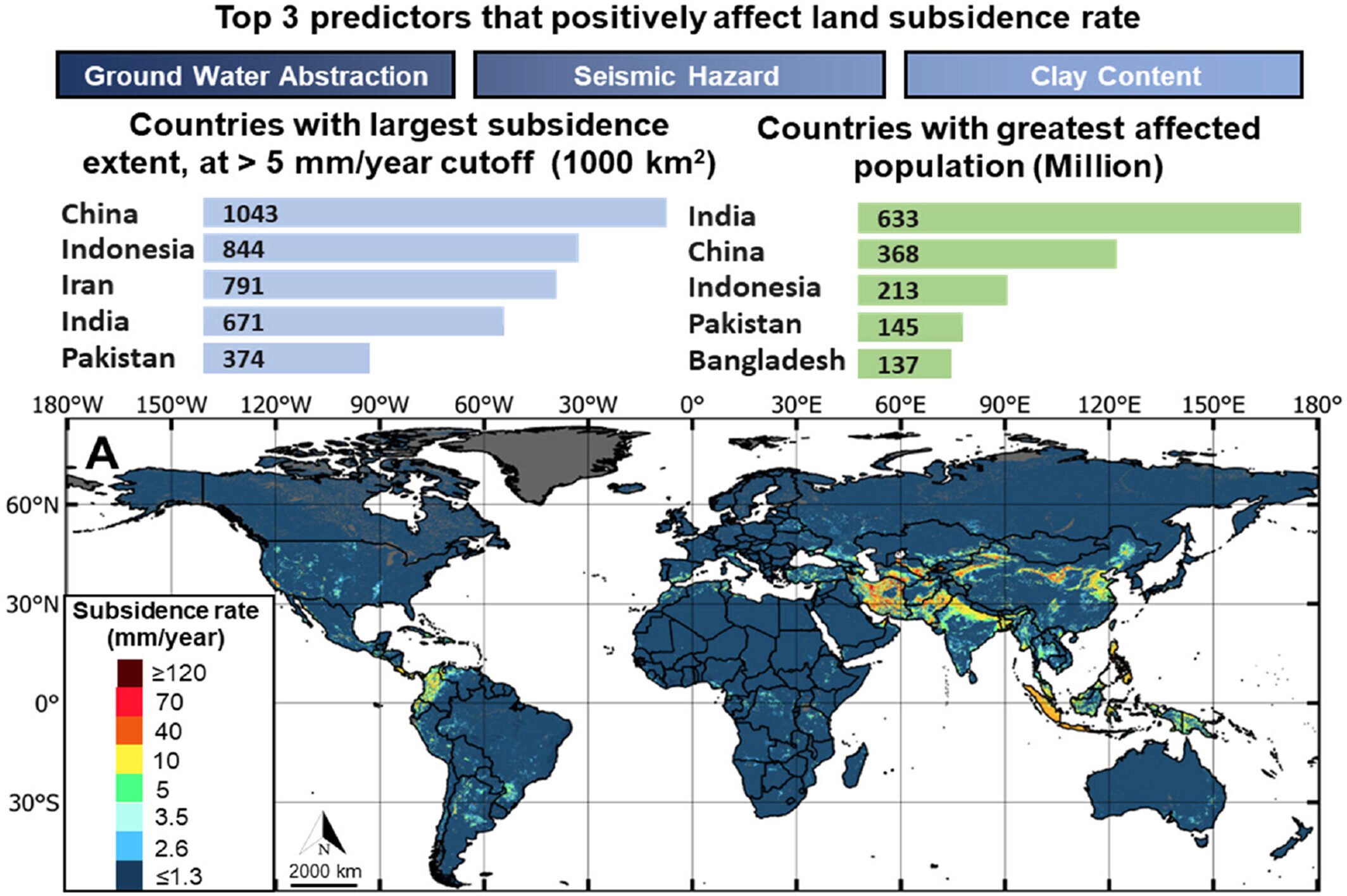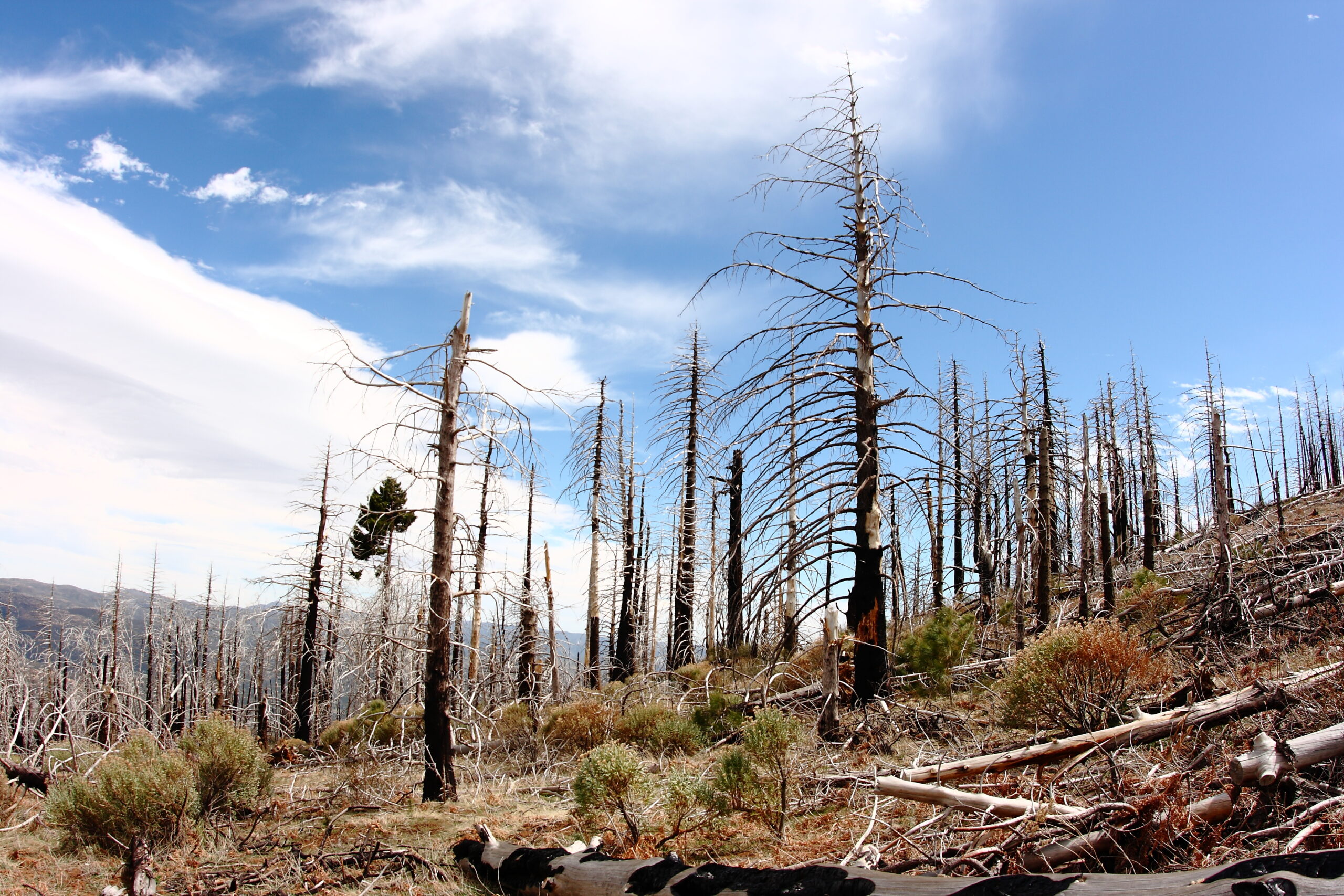
Cedar Fire 2003 slow recovery, California
Credit: Flickr user slworking2
AGU News
Astrobiology Science Conference 2024: Press events and tipsheets now available
#AbSciCon24 is next week, and a schedule of press events and our tipsheets are now available. To register, email [email protected] with your credentials. Events are primarily online, but some events are hybrid, and talks will be recorded and viewable after the conference. [AbSciCon24 scientific program][media advisory]
Featured Research
Hot, dry conditions stymie forest recovery after wildfires
After a wildfire sweeps across a landscape, tree recovery is often critical for reestablishing ecosystems and stabilizing soils. But warmer, drier conditions in the U.S. are leading to lower tree regeneration rates after wildfires as compared to the 1980s and 1990s, a new study finds. Recovery may be depressed for five to seven years following a fire. [JGR Biogeoscience research]
Airline crew radiation exposure should be individually monitored
Commercial airlines typically fly at high altitudes, where there is more exposure to radiation, putting flight crews at higher risk. A new study measured radiation dose rates on 45 flights and found that while radiation levels did not exceed the international health standard, adding individual radiation dosimeters could improve monitoring. [Space Weather research]
Retreating glaciers cause catastrophic Himalayan hazard chain
Warming from climate change can make glaciers retreat more quickly and generate more meltwater. Such conditions can create a catastrophic chain of events: ice collapses and begins to flow downhill, accumulating water, ice and rocks. That debris flow can travel for kilometers, causing damage and instability. [Geophysical Research Letters research]
Climate change fueled eastern heatwaves and western flooding in Asia
Summer 2022 brought deadly floods to western Asia, while eastern Asia sweltered through the worst extended heatwave in 70 years. An unusually strong western Pacific subtropical high caused the heat dome in the east and moisture convergence in the west, a new study finds. This pattern will likely intensify through the end of the century in this densely populated region. [Earth’s Future research]
Beneath the ice: Greenland’s geology revealed in new map
Advances in remote sensing offered an opportunity to redraw Greenland’s geologic map for the first time in 15 years. Some of the newly mapped structures offer insight into how ice flows from Greenland’s interior toward the coast. [Geophysical Research Letters research][Eos research spotlight]
###
Subscribe or update your subscription preferences.
#
